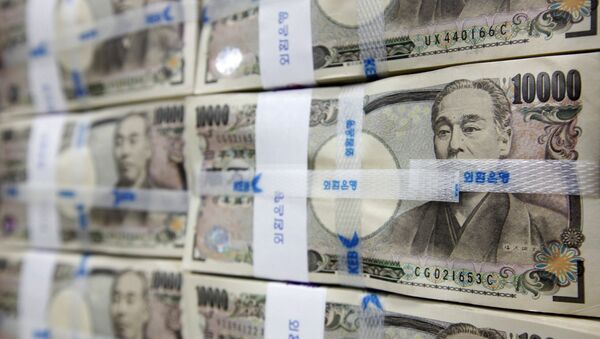On Thursday, the Japanese Finance Ministry announced plans to increase the number of ¥10,000 bills in circulation amid signs that mounting numbers of people are hoarding cash.
Financial analysts believe that some Japanese are keeping cash at home, rather than depositing funds in banks, because interest rates on deposits have fallen to zero after the Bank of Japan introduced its negative interest rate in February.
Hideo Kumano, chief economist at Dai-ichi Life Research Institute, estimates that Japanese citizens are presently stashing some ¥40 trillion ($368 billion) at home. Kumano has an altogether different theory for the trend, suggesting that people do not want their wealth to be known following the introduction of a new tax and social security regime.
Nonetheless, Japanese consumers have not limited their spending habits. Recent Bank of Japan data shows daily averages for currency circulation have risen 6.7 percent from the previous year, the sharpest single jump in 13 years, and a sign that the Japanese economy remains robust.
Officials announce that the country will print 1.23 billion ¥10,000 notes in FY2016, 180 million more than the previous year. The number of ¥10,000 issued annually had previously been capped at 1.05 billion from FY2011 to FY2015.




